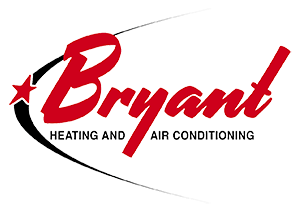Once the permit is pulled for an equipment installation, that project will require the HERS test before the city or county inspector will provide final approval for the permit. Once the installation is finished and the system has been started up and running, you are ready for your HERS verification. Your heating and air conditioning company that installed your new equipment is not allowed to HER test their own work. It needs to be an independent professional or company with a state-issued certification.
The HERS rater will test for two very important performance measures. First, they will test to make sure that your ductwork is not leaking. If it is existing ductwork, the ducts must not show leakage of greater than 15% to pass that portion of the test. If the ducts are newly installed, the threshold for passing the leak test is 6%. The California Energy Commission estimates that the average home’s ductwork has 30% leakage. That is a lot of wasted money heating and cooling your attic or your crawlspace. If you have existing ductwork that does not pass the test, then the ducts have to be repaired or replaced, and the ducts will be retested. If they are newly installed, the contractor who installed the new ductwork should ensure that you pass the test.
The second part of the test is the refrigerant charge verification. This part of the test is also a very important part of the energy efficiency of a system. Many HVAC contractors use less than ideal methods of putting the proper charge into a system. This could be from a lack of knowledge, a lack of commitment to quality, or a contractor who just doesn’t take the proper time to do it right. Some contractors have been known to test a system by using their bare hands to feel the refrigerant lines to make sure they are cold, which is a guarantee for an improperly charged system.
Let’s use the example of a new installation of a 15 SEER system, and the contractor you hired uses the “hand on the cold refrigerant line” test. More than likely, you will now have a system that is running at a SEER rating of 9 or 10. The end result is that you will now be paying a much higher electric bill than you should. Your system will still work, and even cool your home, but you will NEVER know that the system you paid for is running well below its capability. And this will go on for years and years without your knowledge. Oh, and by the way, you also paid more for your system to have a higher SEER rating than the 13 SEER minimum. You overpaid for the system, and you will overpay on your energy bills until the refrigeration charge is corrected.
When you hire an independent third-party HERS tester, and they perform the refrigeration charge verification after the contractor completes the project, it ensures that the contractor has done the job you paid them for, and your system is operating at the levels the equipment was designed for. Truly, the project is not completed until the system passes, and you are issued your certificate, and your local city or county inspector signs off on your permit.


